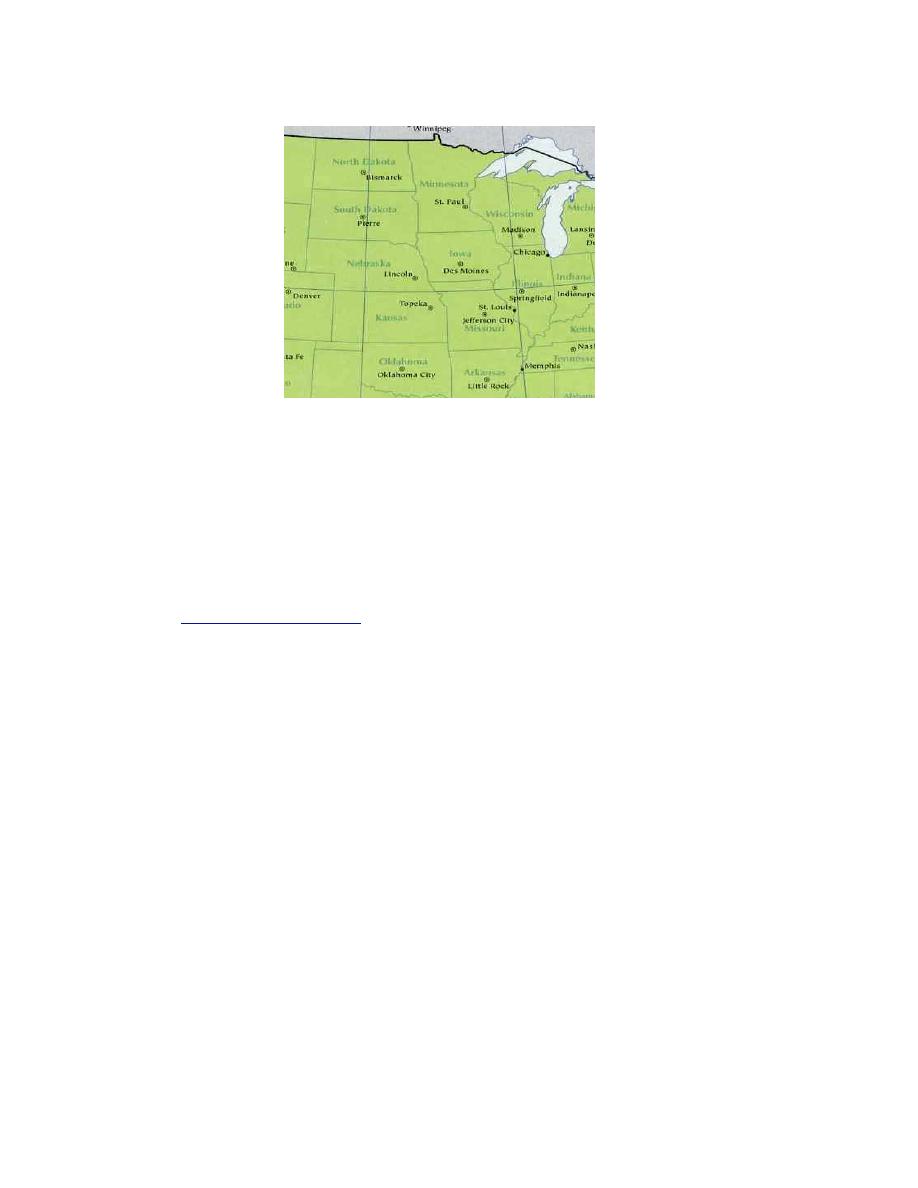
Fig. 7.2. Domain of MM5 and WRF supplemental models provided by FSL.
FSL's Experimental Rapid Update Cycle (RUC) Model was also added in FY2004 and
those data were acquired by NCAR from FSL. No special runs were generated to provide
the RUC model as it runs daily as part of ongoing NOAA and FAA research programs.
The domain of the RUC model is the continental U.S. For information on the RUC
model, please see:
RUC: http://maps.fsl.noaa.gov/
7.2
MDSS Prototype Optimization Period
The RWFS is tasked with ingesting reformatted meteorological data (observations,
models, statistical data, climate data, etc.) and producing meteorological forecasts at user
defined forecast sites and forecast lead times. The forecast variables output by the RWFS
are used by the RCTM to calculate the road surface temperature and to determine a
suggested treatment plan. In order to achieve this goal, the RWFS generates independent
forecasts from each of the data sources using a variety of forecasting techniques.
A single consensus forecast from the set of individual forecasts is provided for each user
defined forecast site based on a processing method that takes into account the recent skill
of each forecast module. This consensus forecast is nearly always more skillful than any
component forecast. The RWFS is designed to optimize itself using available
observations near the routes (e.g., RWIS, METARS). The forecast modules that perform
the best are given more weight over time. In addition, Dynamic Model Output Statistics
(DMOS) are calculated weekly using observations and model output. The DMOS process
is used to remove model biases. The optimization period of the RWFS is approximately
90-100 days and because the revised version of the RWFS was not fully operational until
October 2003, the MDSS route specific forecasts were not fully `tuned' until late
15



 Previous Page
Previous Page
